Fantasy literature consists of fiction that is typically set in an imaginary world. A fantasy story is commonly an adventure tale, but it could be a horror story, a mystery, a love story, a history, or a comedy.
Characteristics of fantasy literature
Magic plays a strong role in fantasy literature. The stories often emphasize such supernatural elements as elves, fairies, dragons, talking animals, monsters, witches, and sorcerers. Authors often create complete imaginary worlds with their own landscapes, histories, cultures, and languages. Many fantasy novels and stories are set in an environment that resembles the European Middle Ages, a historical period from the 400’s to the 1400’s.
Often, fantasy authors write their stories in series. For example, the English author J. R. R. Tolkien wrote a series of books set in a medieval-style world called Middle-earth. These books include the novels The Hobbit (1937); The Lord of the Rings (1954-1955); and The Silmarillion (1977), finished by Tolkien’s son Christopher after Tolkien’s death. One of the most famous series is “A Song of Ice and Fire” (1996- ), written by the American author George R. R. Martin. Much of the action takes place on a fictional continent called Westeros and a large area to the east called Essos. Most of the characters are human, but there are also fire-breathing dragons and supernatural beings called Others who can control the dead.
Fantasy literature can sometimes be compared to a genre (style) called science fiction. However, science fiction usually deals with imagined scientific conditions and technology set in the future. The majority of fantasy works are set in the past. In addition, there is usually a greater sense of realism underlying a science fiction story. Fantasy stories are set in a world of make-believe.
Sometimes fantasy literature and science fiction exist in the same narrative. For example, the “Harry Potter” series (1997-2007) by the English author J. K. Rowling combines fantasy with realism. The books center on a boy who lives partly in realistic modern England and partly in the supernatural world of Hogwarts, a school for young magicians.
The history of fantasy literature
Ancient and medieval fantasy.
According to tradition, in the 700’s B.C. the Greek poet Homer composed the epic poem the Odyssey, describing the adventures of the warrior Odysseus. The story describes the wanderings of Odysseus as he visits strange islands and fantastic lands in the Mediterranean Sea. The Odyssey includes monsters, magic adventures, ghosts, and powerful gods. It inspired fantasy elements found in many later works. 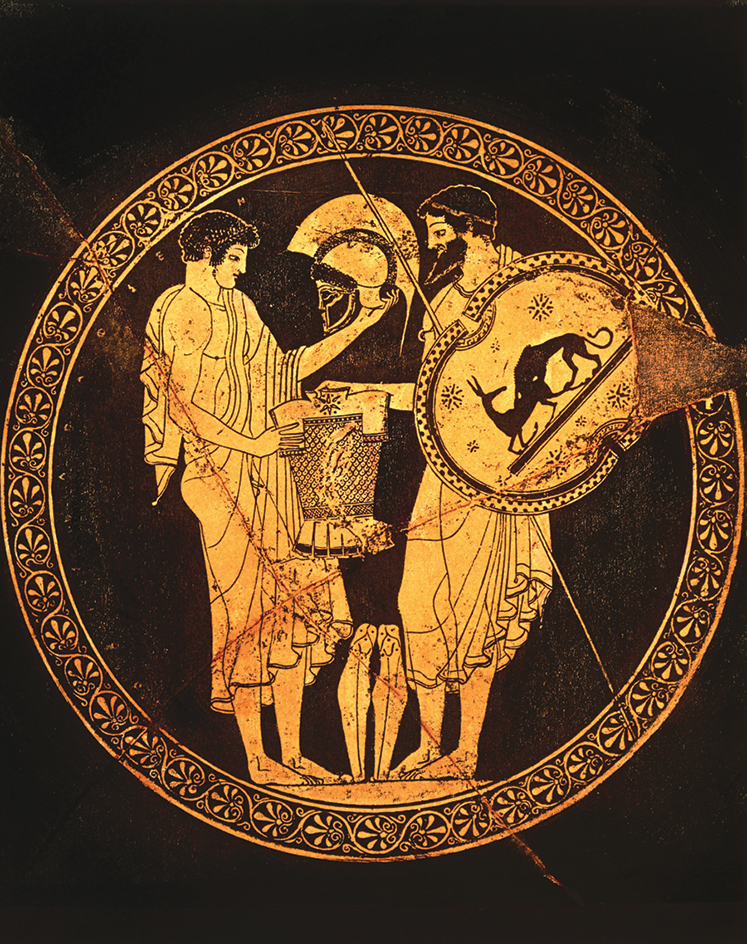
In about A.D. 8, the Roman poet Ovid wrote the long poem Metamorphoses. The narrative poem describes the adventures and love affairs of gods and heroes. The Roman author Lucius Apuleius also wrote a work called Metamorphoses, in about A.D. 160. It is also known as The Golden Ass. Apuleius’s novel is about a young man who is turned into a donkey. It includes goddesses, a sorceress, and magic potions.
In northern areas of Europe, tribal societies more primitive than the Greeks or Romans featured a darker and more brutal form of fantasy. An unknown Anglo-Saxon poet wrote Beowulf (700-800), an epic poem about a mighty warrior’s encounters with dragons and other vicious monsters. During the late medieval period, poets told stories of chivalry, which portrayed adventures of knights at royal courts. Such chivalric works as Sir Gawain and the Green Knight (late 1300’s) included much fantasy.
Fantasy from the 1500’s to the 1800’s.
Fantasy played an important role in literature from the later medieval period to the 1800’s. Authors borrowed and expanded Greek and Roman works and stories of chivalry. Fantasy also drew from local folk traditions extending from Scandinavia in the north to the Middle and Far East.
The Italian poet Ludovico Ariosto published Orlando Furioso (1516), an epic poem that includes flights to the moon. About 1500, a story collection called the Arabian Nights was published in Arabic. Also called The Thousand and One Nights, the collection contains much fantasy material based on tales from several Eastern countries. Dramatic literature tended to avoid fantasy during the 1500’s. However, the English playwright William Shakespeare wrote the comedy A Midsummer Night’s Dream (about 1595), a fantasy about enchanted lovers in a world of fairies and magical transformations.
The French author Cyrano de Bergerac wrote two fantasies published after his death in 1655. They were The States and Empires of the Moon (1657) and The States and Empires of the Sun (1662). In 1726, the English author Jonathan Swift published Gulliver’s Travels. The book describes four voyages to fantastic lands and kingdoms. In the early 1800’s, the German author E. T. A. Hoffmann published several collections of tales that emphasize the supernatural.
In 1858, the Scottish author George MacDonald published Phantastes: A Faerie Romance for Men and Women, one of the earliest modern fantasy novels. The story describes the adventures of a young man drawn into a dreamlike world. The English author Lewis Carroll wrote Alice’s Adventures in Wonderland (1865), a fantastic adventure story that has become a classic of both children’s and adult literature. 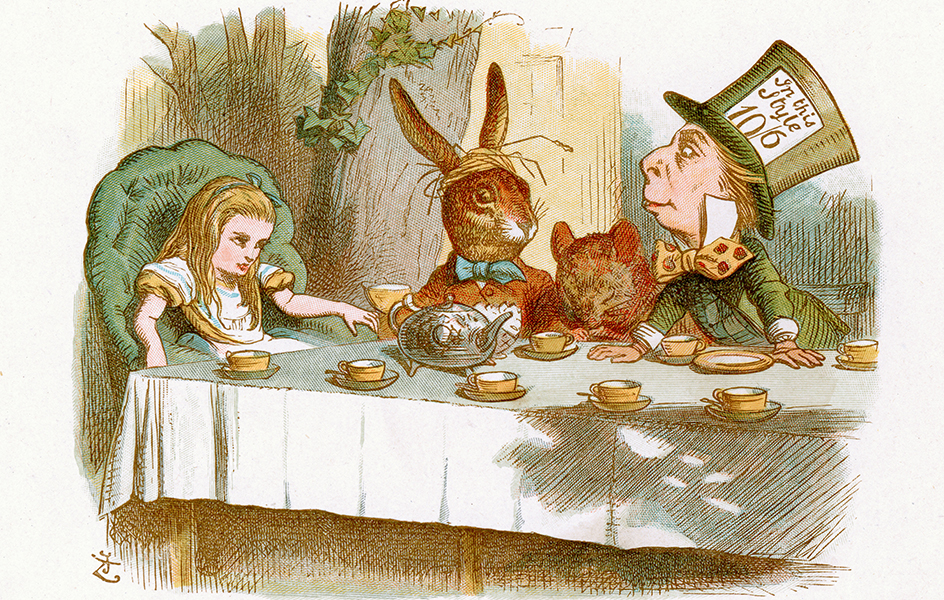
The English author and artist William Morris published The Well at the World’s End (1896). The novel, inspired by medieval tales, follows the fantastic adventures of a young prince. The story influenced such later English fantasy masters as J. R. R. Tolkien and C. S. Lewis . In 1897, the Irish author Bram Stoker published Dracula, one of the great horror novels in fantasy literature. The story tells about a vampire who travels from eastern Europe to England seeking victims. 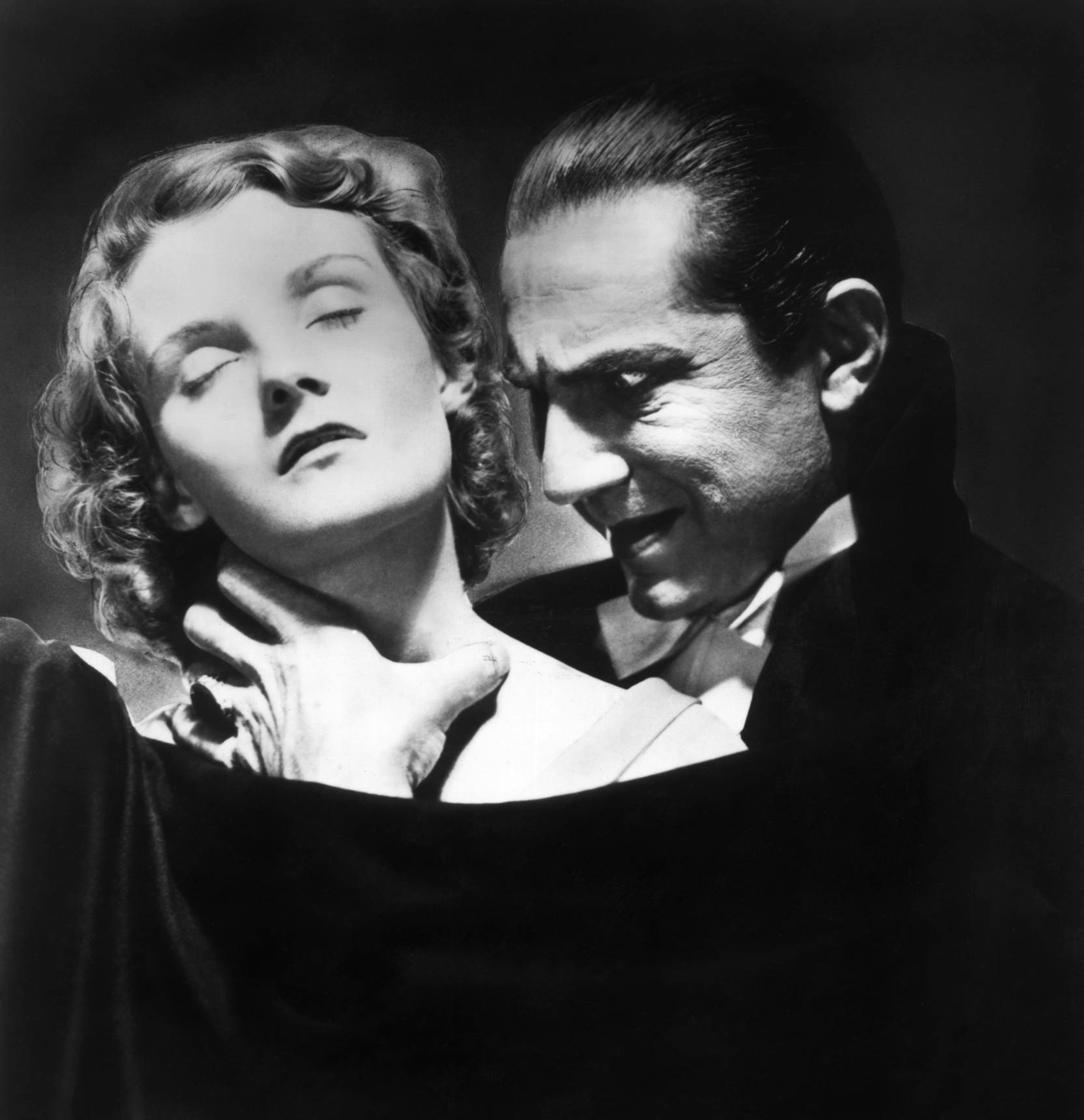
The early 1900’s.
The first fantasy classic of the 1900’s was the children’s novel The Wonderful Wizard of Oz (1900) by the American author L. Frank Baum. The story tells about Dorothy, a girl from Kansas, carried by a tornado to the magical land of Oz. There she meets a lion, a scarecrow, and a woodsman made of tin. They join to battle an evil witch. In 1902, the Scottish author J. M. Barrie introduced the character of Peter Pan in the novel The Little White Bird. Peter is a magical boy who refuses to grow up. Barrie later adapted part of the novel into the play Peter Pan. The Scottish author Kenneth Grahame wrote The Wind in the Willows (1908), an animal fantasy set in the English countryside. 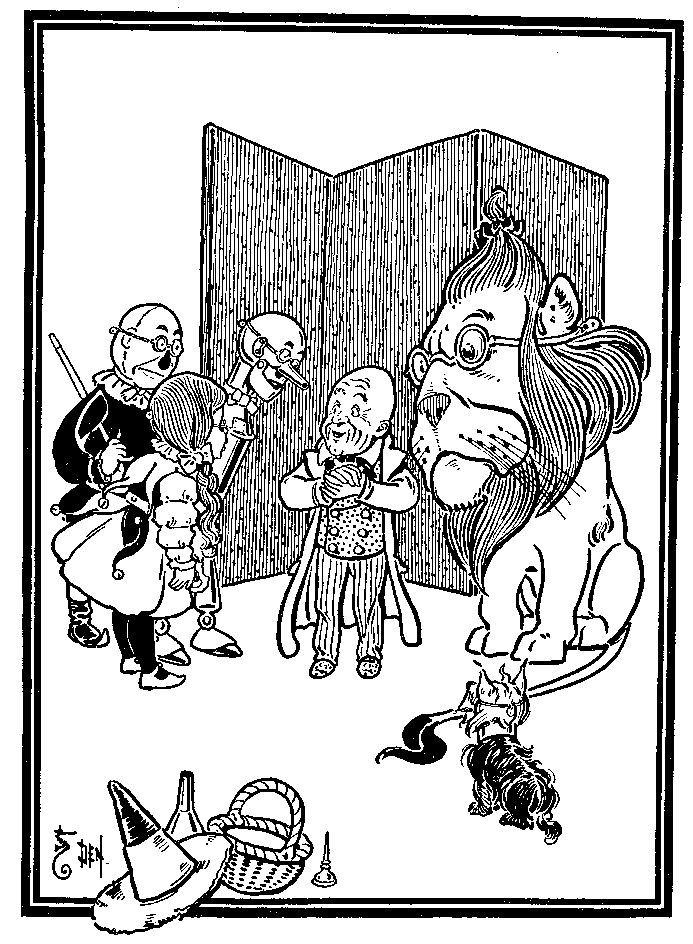
During the 1920’s, a group of creative authors expanded fantasy literature into a major force in modern literature, artistically and commercially. Until that time, most fantasy literature was largely seen as a minor type of writing most suitable for children.
Weird Tales magazine began publication in 1923 and became one of many magazines that introduced fantasy writing to a wider public. It published stories by several writers who became leaders in increasing the popularity of fantasy literature. They included the American authors H. P. Lovecraft, Robert E. Howard, and Ray Bradbury.
The mid-1900’s.
In 1932, Robert E. Howard introduced the wandering warrior Conan in the story “The Phoenix on the Sword.” Howard’s Conan stories popularized “sword-and-sorcery” fiction, in which barbarian warriors armed with swords, courage, and strength battle otherworldly evil forces. H. P. Lovecraft established himself as a central author in fantasy literature with stories that mix fantasy with horror. For example, his short novel The Shadow Over Innsmouth (1936) features a crumbling New England seaport populated with monstrous fish people.
In 1937, J. R. R. Tolkien published the novel The Hobbit, a prologue to his three-volume novel The Lord of the Rings (1954-1955). In 1950, C. S. Lewis published The Lion, the Witch and the Wardrobe, the first of seven novels known collectively as “The Chronicles of Narnia.” The novels describe the adventures of several children in the magical land of Narnia. The American author E. B. White published Charlotte’s Web (1952), one of the most beloved classics in fantasy literature. The novel tells about a friendship between a pig named Wilbur and a spider named Charlotte who live on a farm. 
The English author Lucy M. Boston published The Children of Green Knowe (1954), the first of six fantasies about an old English house named Green Knowe and the spirits of people who once lived there. The English author Philippa Pearce published the novel Tom’s Midnight Garden (1958). Tom is a boy who wanders through a relative’s home and discovers a Victorian garden and a playmate from an earlier age. The English author and artist Mervyn Peake wrote the “Gormenghast” trilogy (1946-1959) about the inhabitants of a huge, medieval-style castle.
The American author Madeleine L’Engle published A Wrinkle in Time (1962), the first book in her five-novel “Time Fantasy” series. In the novel, young Meg, her brother, and a friend are taken to another part of the universe by three friendly witches. There they find Meg’s father being held prisoner.
The late 1900’s.
A kind of fiction called magic realism made a big impact on fantasy toward the end of the century. Developed mainly by South American writers, magic realism mixes historical fiction with the supernatural. The most influential novel in this style was One Hundred Years of Solitude (1967) by the Colombian author Gabriel García Márquez.
The American author and illustrator Maurice Sendak published Where the Wild Things Are (1963), one of the most popular picture books in fantasy literature. The story describes how young Max sails to an island inhabited by fierce beasts. The English author Roald Dahl published Charlie and the Chocolate Factory (1964). The novel follows young Charlie Bucket as he tours the chocolate factory operated by the eccentric candy maker Willy Wonka. 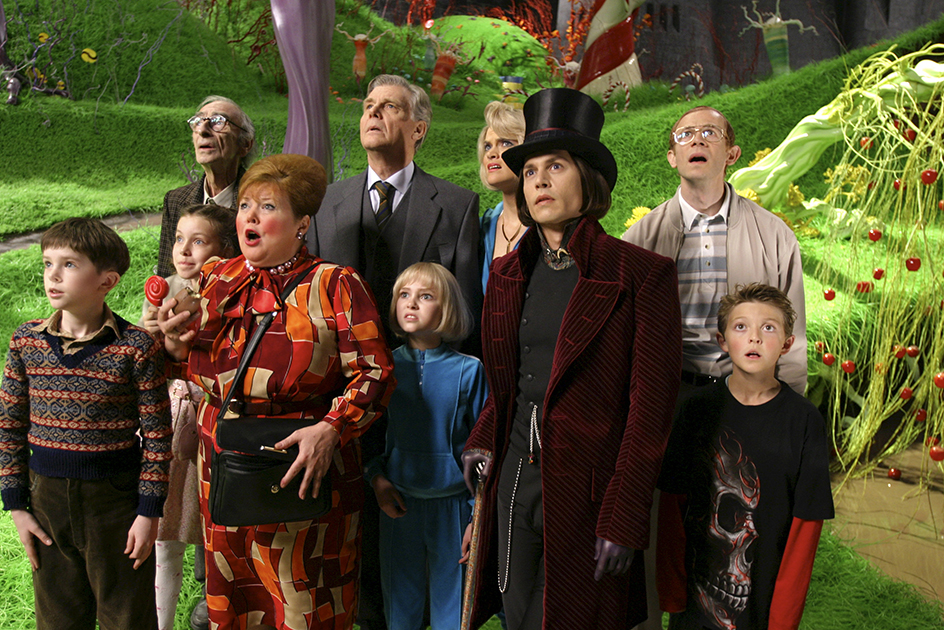
The English author Michael Moorcock published The Final Programme (1965-1966), the first novel in “The Cornelius Chronicles,” about a time-traveler named Jerry Cornelius. The English author Richard Adams published Watership Down (1972), a novel about rabbits who escape the destruction of their warren and seek a new home.
The American author Terry Brooks wrote The Sword of Shannara (1977). This novel tells of the hero Shea Ohmsford’s quest to recover a magical sword to defeat the evil Warlock Lord. Brooks later wrote many more novels set in the same fantasy world.
The American author and illustrator Chris Van Allsburg published the picture book Jumanji (1981), about two children who enter a magical jungle though a board game. Stephen King, an American author of horror and suspense fiction, published The Gunslinger (1982), the first in a series of novels and stories called “The Dark Tower.” The series combines the genres (styles) of fantasy, horror, and Westerns in its portrait of a hero traveling through the American West in search of a mysterious Dark Tower.
The English author Terry Pratchett published The Colour of Magic (1983), the first novel in the “Discworld” series. The Discworld novels are humorous and satirical stories that take place on a flat, disc-shaped world supported by four elephants riding through space on the back of a giant turtle.
Dragons of Autumn Twilight, by the American authors Margaret Weis and Tracy Hickman, was published in 1984. It is the first of many novels in the “Dragonlance” series. The series takes place in the world of the fantasy role-playing game Dungeons & Dragons.
“The Legend of Drizzt”, a series of novels by the American author R. A. Salvatore, began with The Crystal Shard (1988). It consists of dozens of books. “The Legend of Drizzt” also takes place in the world of Dungeons & Dragons. The series’ main character is Drizzt Do’Urden, an elf warrior who abandons the evil ways of his fellow “dark elves” and becomes a wandering hero.
The American author Robert Jordan published The Eye of the World (1990), the first novel in the “Wheel of Time” series. The hero, Rand al’Thor, tries to save his world from the Dark One by uniting factions of magicians and warriors. Jordan died in 2007 while working on the series. The final three volumes were written by the American author Brandon Sanderson.
The English fantasy author Philip Pullman wrote the trilogy “His Dark Materials” (1995-2000), an intense and complex fantasy with strong moral and philosophical overtones. The English-born author Neil Gaiman published Neverwhere (1996, revised 2006). The novel follows the adventures of a young English businessman in a candlelit kingdom underneath London called London Below. The Canadian author Kenneth Oppel published Silverwing (1997), the first novel in a trilogy about a bat named Shade who becomes the leader of his colony in a mythical underworld.
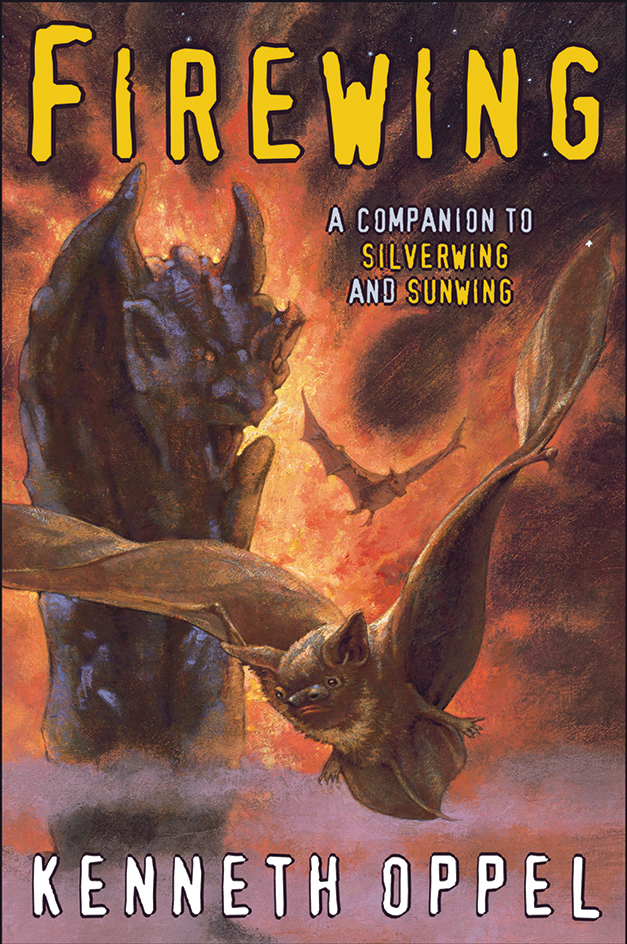
Recent fantasy literature.
Fantasy literature in the 2000’s has been dominated by a new generation of fantasy writers. The American author Christopher Paolini published Eragon (2002), the first novel in the “Inheritance Cycle.” The cycle tells about the adventures of 15-year-old Eragon, who becomes a Dragon Rider and fights the forces of evil in a land called Alagaësia. The British author and illustrator Cressida Cowell told the story of a Viking boy and his dragon in How to Train Your Dragon (2003). The book was the first in her series by the same name. The German author Cornelia Funke published Inkheart (2003), the first volume in a trilogy. The novels tell about a father and daughter who have magical reading powers that transport them into and out of books. The American author Stephenie Meyer published Twilight (2005), a novel about a 17-year-old high school girl who has a romance with a vampire. Meyer wrote three other novels in the series. 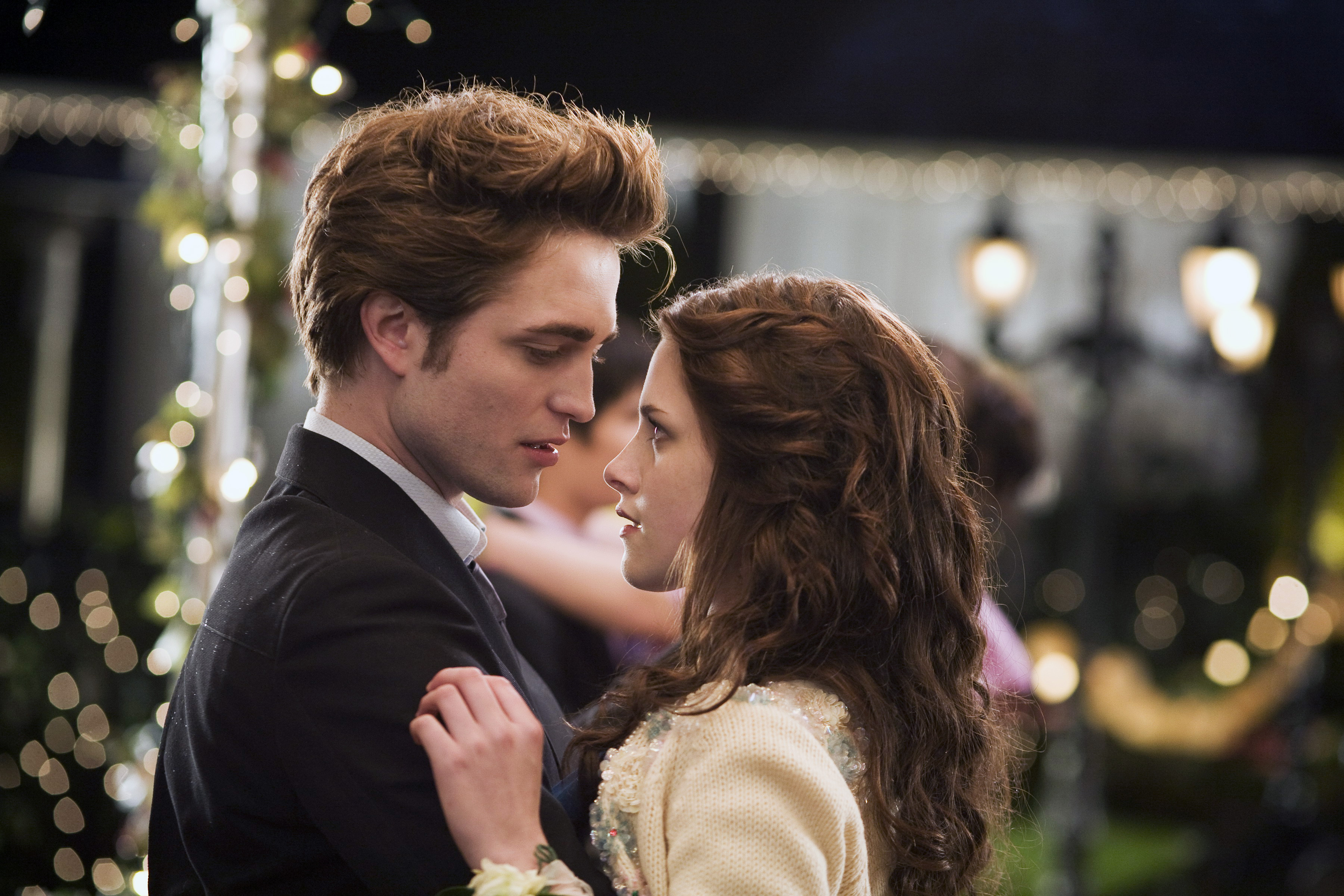
The American author Rick Riordan became an enormously successful writer of children’s fantasy with his many series inspired by Greek, Egyptian, and Norse mythology. His first book was The Lightning Thief (2005), the opening novel in his “Percy Jackson and the Olympians” series. In the novel, Percy discovers he is the son of an ancient Greek god.
The English author Joe Abercrombie writes a type of fantasy known as “grimdark.” Grimdark novels emphasize violence and cynicism. Abercrombie gained fame with The Blade Itself (2006), the first novel in his “The First Law” trilogy. The American author Lev Grossman published The Magicians (2009), the first novel in a trilogy that follows the adventures of young Quentin Coldwater in and out of Fillory, the magical land of his childhood fantasies.
The American author Ransom Riggs published Miss Peregrine’s Home for Peculiar Children (2011), the first volume in the “Miss Peregrine’s Peculiar Children” series. The novels portray the adventures of a group of children with special powers who battle evil forces. The American author Tomi Adeyemi published Children of Blood and Bone (2018), the first novel in a trilogy set in the West African fantasy land called Orïsha. The novel describes how the teenage heroine Zélie Abedola sets out on a dangerous mission to restore magic to her people. 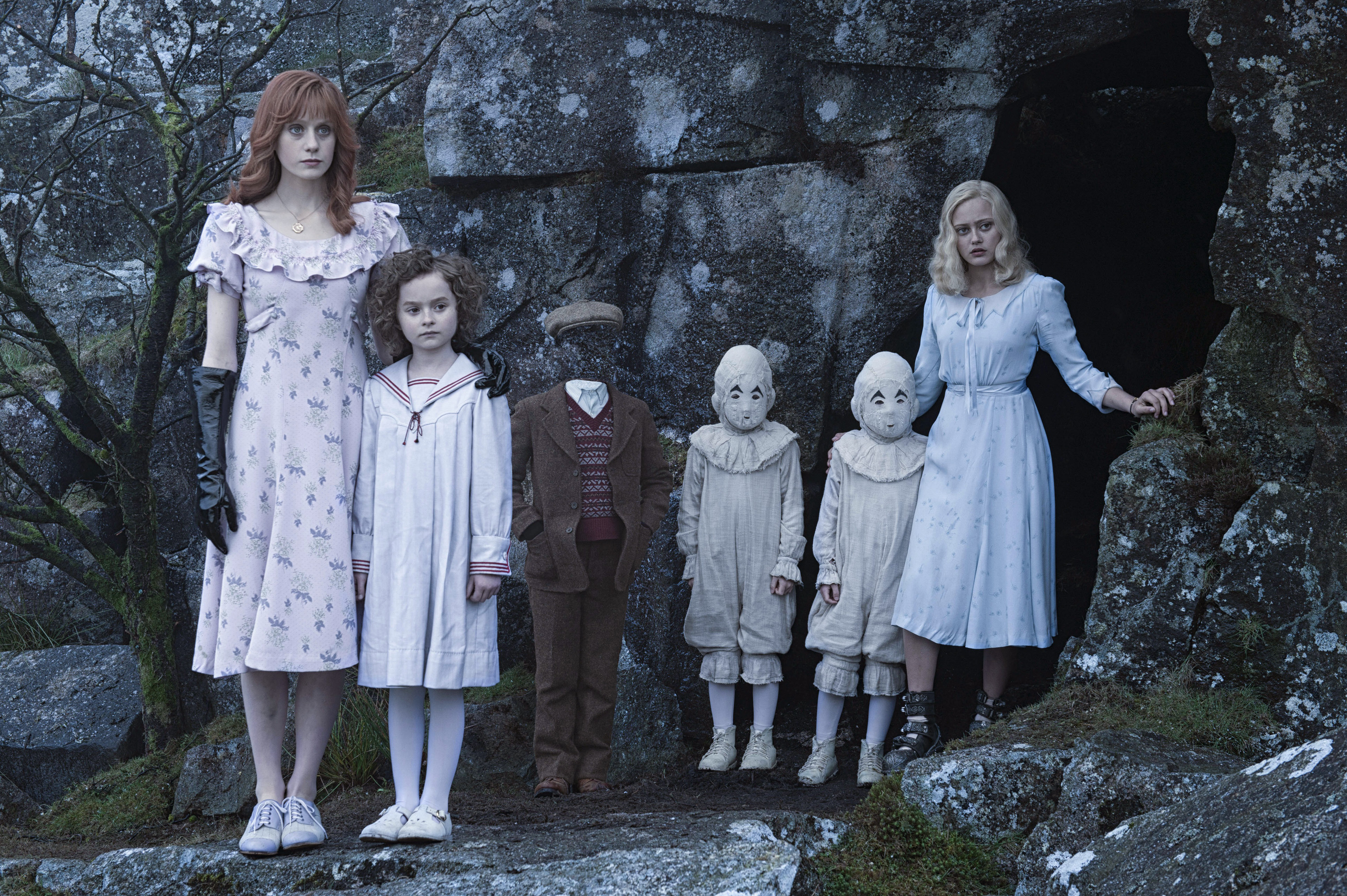
The Jamaican author Marlon James wrote Black Leopard, Red Wolf (2019). This novel takes place in a fantasy world based on African mythology and history. A sequel, Moon Witch, Spider King, was published in 2022.
